








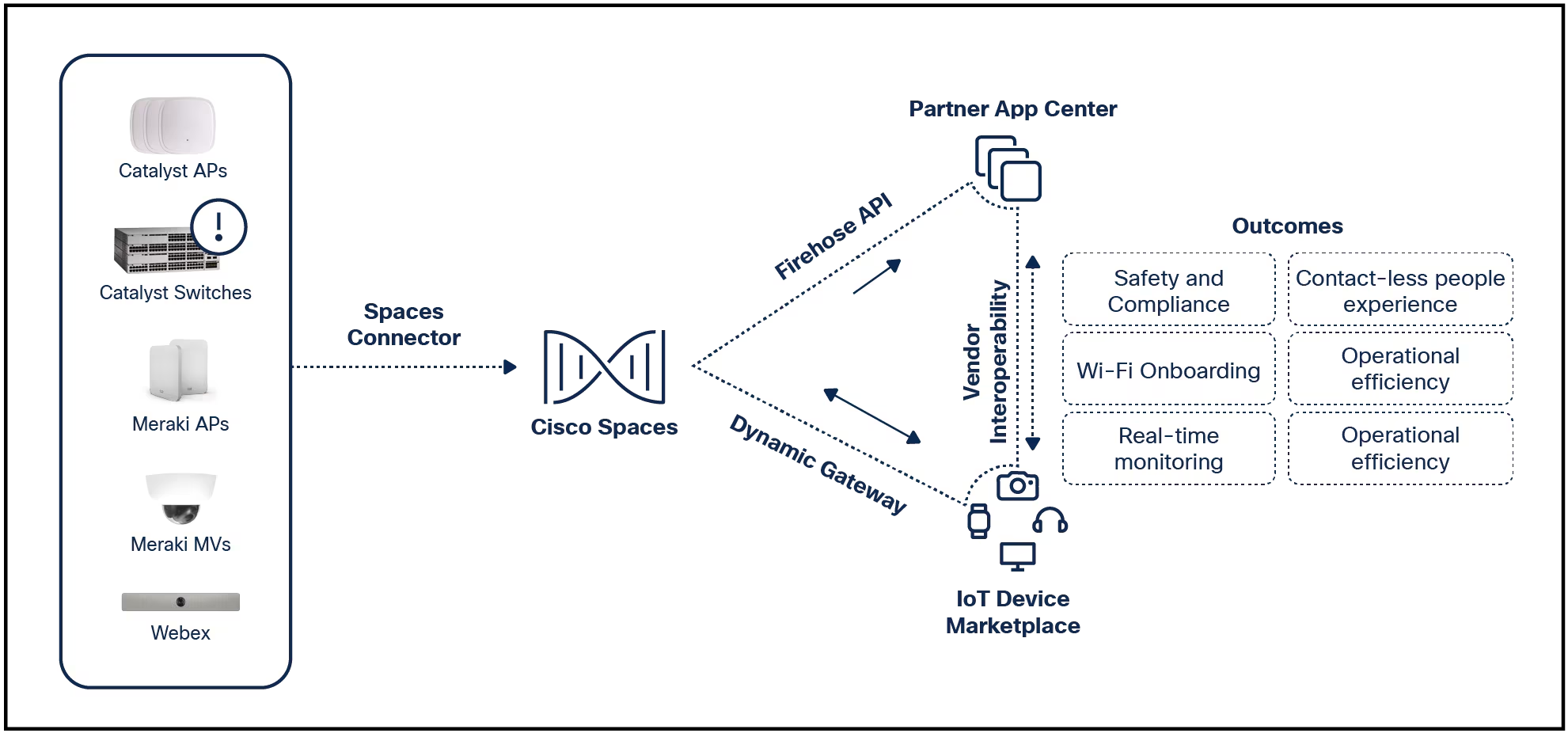

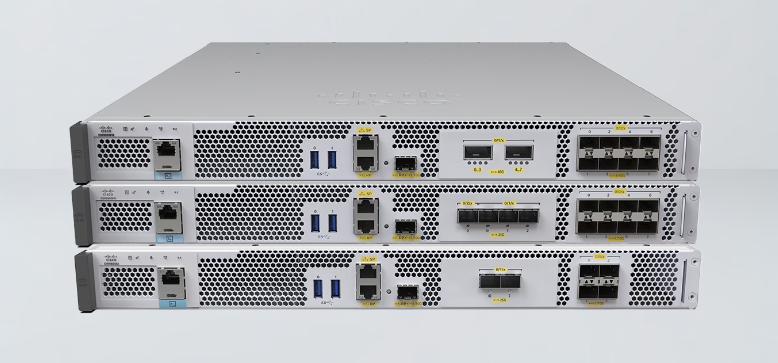




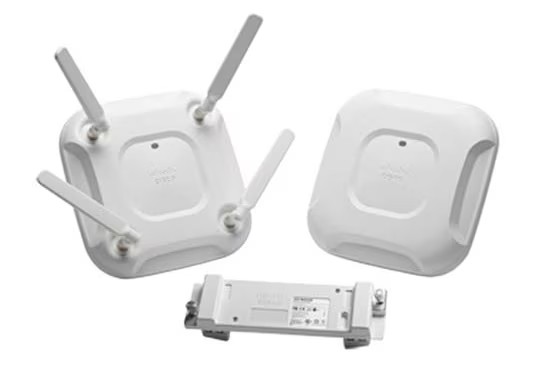


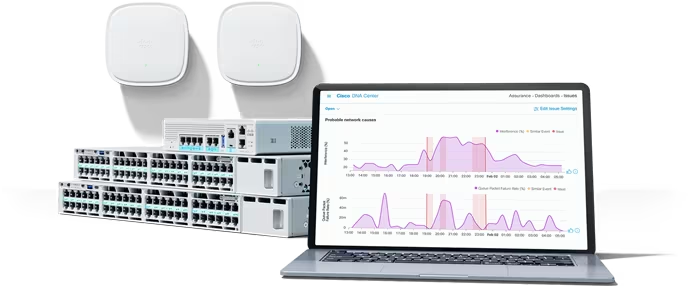





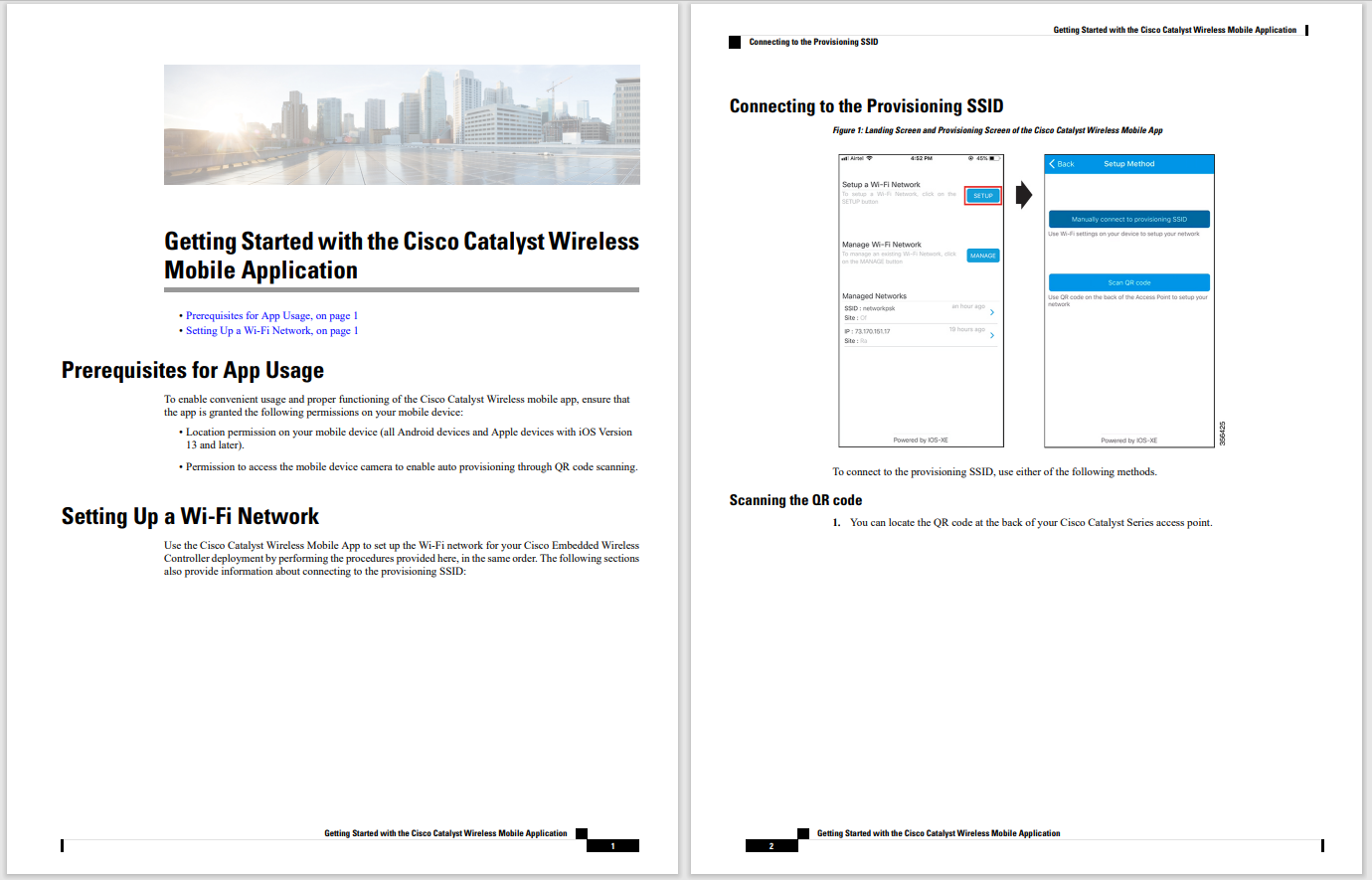



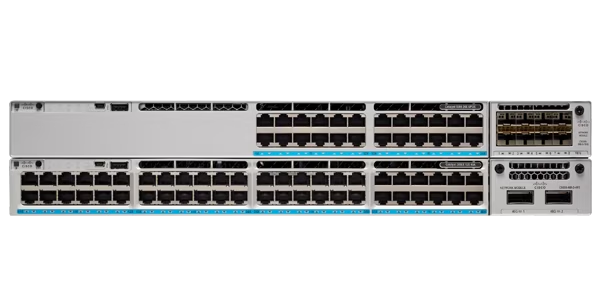


Maslow's Hierarchy of Needs illustrates that humans need to fulfill base physiological needs-food, water, warmth, rest-in order to pursue higher levels of growth.When it comes to data center and Data Center Networking (DCN), meeting the physical infrastructure needs are the condition on which the next higher-level capabilities-safety and security-are constructed.
Satisfying the physical needs of a data center can be achieved through the concepts ofDisaster Avoidance(DA) andDisaster Recovery(DR).
 Availability Zones within a Region
Availability Zones within a Region Availability Zones (AZ) are made possible with a modern data center network fabric with VXLAN BGP EVPN. The interconnect technology,Multi-Site, is capable of securely extending data center operation within and betweenRegions. A Region can consist of connected and geographically dispersed on-premise data centers and the public cloud. If you are interested in more details about DA and DR concepts, watch the Cisco Live session recording "Multicloud Networking for ACI and NX-OS Enabled Data Center Fabrics".
With the primary basic need for availability through the existence of DA and DR in regions achieved, we can investigate data centerSafetyneeds as we climb the pyramid of Maslow's hierarchy.
The data center is, of course, where your data and applications reside-email, databases, website, and critical business processes. With connectivity between Availability Zones and Regions in place, there is a threat of exposing data to threats once it moves outside the confines of the on-premise or colocation centers. That's because data transfers between Availability Zones and Regions generally have to travel over public infrastructure. The need for such transfers is driven by the requirement to have highly-available applications that are supported by redundant data centers. As data leaves the confinement of the Data Center via an interconnect, safety measures must ensure the Confidentiality and Integrity of these transfers to reduce the exposure to threats. Let's examine the protocols that make secure data center interconnects possible.
About a decade ago, MACSec or 802.1AE became the preferred method of addressing Confidentiality and Integrity for high speed Data Center Interconnects (DCI). It superseded IPSec because it was natively embedded into the data center switch silicon (CloudScale ASICs). This enabled encryption at line-rate with minimal added latency or increase in packet size overhead. While these advantages were an advancement over IPSec, MACSec's shortcomings arise because it can only be deployed between two adjacent devices. When Dark Fiber or xWDM are available among data centers this is not a problem. But often such a fully-transparent and secure service is too costly or not available. In these cases, the choice was to revert back to the more resource-consuming IPSec approach.
The virtue of MACSec paired with the requirements of Confidentiality, Integrity, and Availability (CIA) results inCloudSec. In essence, CloudSec is MACSec-in-UDP using Transport Mode, similar to ESP-in-UDP in Transport Mode as described in RFC3948. In addition to the specifics of transporting MACSec encrypted data over IP networks, CloudSec also carries a UDP header for entropy as well as an encrypted payload for Network Virtualization use-cases.
 CloudSec carries an encrypted payload for network virtualization.
CloudSec carries an encrypted payload for network virtualization. Other less efficient attempts were made to achieve similar results using, for example, MACSec over VXLAN or VXLAN over IPSec. While secure, these approaches just stack encapsulations and incur higher resource consumption. CloudSec is an efficient and secure transport encapsulation for carrying VXLAN.
VXLAN EVPN Multi-Siteprovides a scalable interconnectivity solution among Data Center Networks (DCN). CloudSec provides transport and encryption. The signaling and key exchange thatSecure EVPNprovides is the final piece needed for a complete solution.
Secure EVPN, as documented in the IETF draft "draft-sajassi-bess-secure-evpn" describes a method of leveraging the EVPN address-family ofMulti-Protocol BGP(MP-BGP). Secure EVPN provides a similar level of privacy, integrity, and authentication as Internet Key Exchange version 2 (IKEv2). BGP provides the capability of a point-to-multipoint control-plane for signaling encryption keys and policy exchange between theMulti-Site Border Gateways (BGW), creating pair-wise Security Associations for the CloudSec encryption. While there are established methods for signaling the creation of Security Associations, as with IKE in IPSec, these methods are generally based on point-to-point signaling, requiring the operator to configure pair-wise associations.
A VXLAN EVPN Multi-Site environment creates the ability to have an any-to-any communication between Sites. This full-mesh communication pattern requires the pre-creation of the Security Associations for CloudSec encryption. Leveraging BGP and a point-to-multipoint signaling methods becomes more efficient given that the Security Associates stay pair-wise.
Secure VXLAN EVPN Multi-Site using CloudSecprovides state-of-the art Data Center Interconnect (DCI) with Confidentiality, Integrity, and Availability (CIA). The solution builds on VXLAN EVPN Multi-Site, which has been available on Cisco Nexus 9000 with NX-OS for many years.
Secure VXLAN EVPN Multi-Site is designed to be used in existing Multi-Site deployments.Border Gateways (BGW)using CloudSec-capable hardware can provide the encrypted service to communicate among peers while continuing to provide the Multi-Site functionality without encryption to the non-CloudSec BGWs. As part of the Secure EVPN Multi-Site solution, the configurable policy enables enforcement of encryption with a "must secure" option, while a relaxed mode is present for backwards compatibility with non-encryption capable sites.
Secure VXLAN EVPN Multi-Site using CloudSec is available in the Cisco Nexus 9300-FX2 as per NX-OS 9.3(5). All other Multi-Site BGW-capable Cisco Nexus 9000s are able to interoperate when running Cisco NX-OS 9.3(5).
Cisco Data Center Network Manager (DCNM), starting with version 11.4(1), supports the setup of Secure EVPN Multi-Site using CloudSec. The authentication and encryption policy can be set in DCNM's Fabric Builder workflow so that the necessary configuration settings are applied to the BGWs that are part of a respective Multi-Site Domain (MSD). Since DCNM is backward compatible with non-CloudSec capable BGWs, they can be included with one click in DCNM's web-based management console. Enabling Secure EVPN Multi-Site with CloudSec is just a couple of clicks away.
Watch a video on Configuring CloudSec in Cisco DCNM, Release 11.4(1)
Learn more at Cisco DCNM
 Hot Tags :
Nexus 9000
VXLAN
DCNM
CloudSec
Multi-Site
IPSec
Multi-Site Border Gateways
Hot Tags :
Nexus 9000
VXLAN
DCNM
CloudSec
Multi-Site
IPSec
Multi-Site Border Gateways